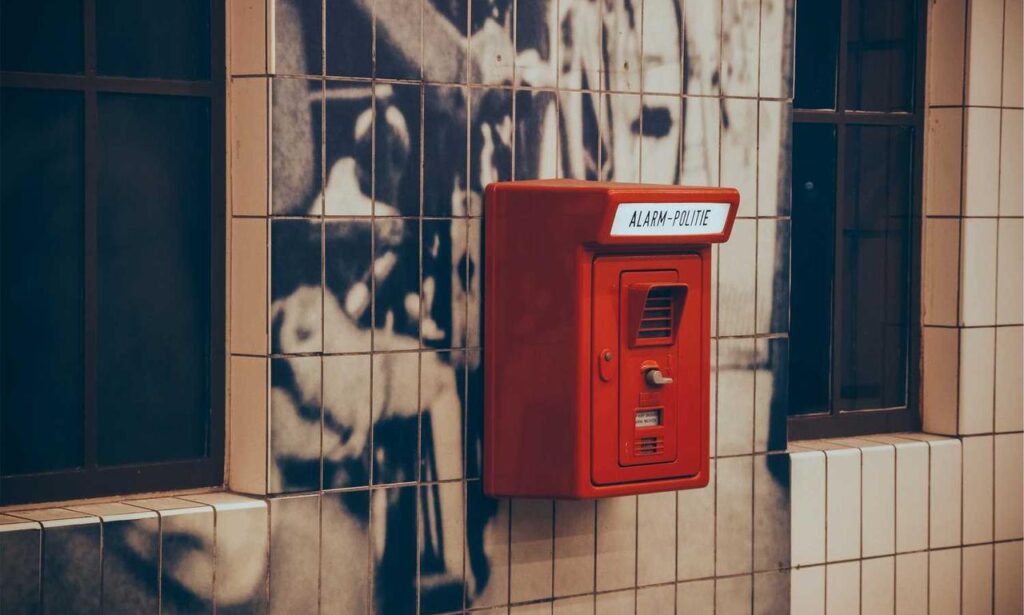What Could “Zopalno Number Flight” Be?
First off, the term zopalno number flight doesn’t follow any known airline conventions. Traditional flight numbers follow a pretty standard template—an airline designator code followed by up to four digits (like AA123 or BA4567). But this term? It doesn’t align.
So, what’s going on here? Possibilities include:
Internal Tracking Code: It might be something used by travel agencies or corporate booking systems to track specific itineraries. Thirdparty Reference ID: Travel aggregators and metasearch services often generate their own pseudoflight codes. Placeholder Data: Systems sometimes use dummy text when realtime data isn’t available, or if an interface isn’t syncing properly.
Whatever the origin, if you’re staring at this term while trying to book or track your flight, you’re not alone.
How to Decode Unfamiliar Flight Info
When confronted with a flight name or code you don’t recognize, resist the urge to panic. Instead, be methodical:
1. Doublecheck the Source
Look at where you saw the term. If it’s in a confirmation email, is there another flight number provided as well? Some itineraries list both vendorspecific references and the actual flight number.
2. Search the Airline’s Official Website
If you know which airline’s involved, punch in the travel dates and departure/arrival locations to locate the actual flight. Airlines don’t use quirky codes like zopalno number flight, so if it’s legit, you’ll find a more standard reference.
3. Use Travel Aggregators Carefully
Sites like Expedia, Skyscanner, and Booking.com can be great. But they also integrate data from dozens—sometimes hundreds—of sources. Errors happen. Placeholder terms may show up. Always corroborate with the airline.
When You Can Ignore It
Not every unfamiliar term is a red flag. Sometimes terms like these live deep in the metadata of a booking system and never affect your actual travel. If your boarding passes and airline confirmations look normal, and the airport screens show your correct gate and flight number, you’re good.
In most cases, zopalno number flight is likely just a bad data pull or ghost code from a software system that didn’t render correctly. But don’t assume—verify.
What to Do If You’re Stuck
Say you’ve called the airline and they don’t recognize it. You’ve rechecked your booking email and nothing matches. Here’s your game plan:
Contact the Booking Platform: If you booked through a third party, hit them up. Be ready to share every bit of information—dates, locations, passenger names. Use the Airport Code + Time: Even without a flight number, if you know your departure location, destination, and time, you (or a support agent) can usually find the intended flight. Crossreference with Past Itineraries: If this is the kind of trip you or your company have booked before, pull up an old confirmation. See if you can sync the dots.
Zopalno Number Flight Doesn’t Affect Boarding
Let’s be clear: no airline is going to call out “Zopalno number flight now boarding at Gate 8.” Airports and airlines operate with global standards. The only numbers that matter to counselors at checkin or TSA personnel are the official ones in the booking system. Worst case? You show them your ID and booking email and they match your name to your reservation.
So no, zopalno number flight won’t get you kicked off a plane. But it might signal a garbageingarbageout issue in a digital system, which means it’s worth clearing up ahead of time.
The Takeaway
We live in an age of digital booking convenience—but also digital confusion. Some of that confusion comes from templated platforms and automated systems that occasionally toss strings like zopalno number flight your way. Don’t let it throw you.
Use common sense. Verify with official sources. Contact support if needed. And remember that if it looks off and no one recognizes it, chances are it doesn’t matter.
Travel smart, ask questions, and when in doubt—double check the boarding pass, not just the first strange term in your confirmation email.
